Resita is a city in southwestern Romania that had a rich industrial history, particularly in the production of steam locomotives and not just. Since I never had the chance to properly explore this city before, here are some of the places I visited during my time here.
Mountainous Banat Museum
In the Lunca Barzavei district, I visited the Banat Museum, where you can dive deeper into the city’s cultural and industrial history. You’ll get to see and learn about the different types of industrial machinery and large engines built here, along with other fascinating exhibits.
Important tip: The museum is open Monday to Saturday, from 9 AM to 5 PM. It’s closed on Sundays.
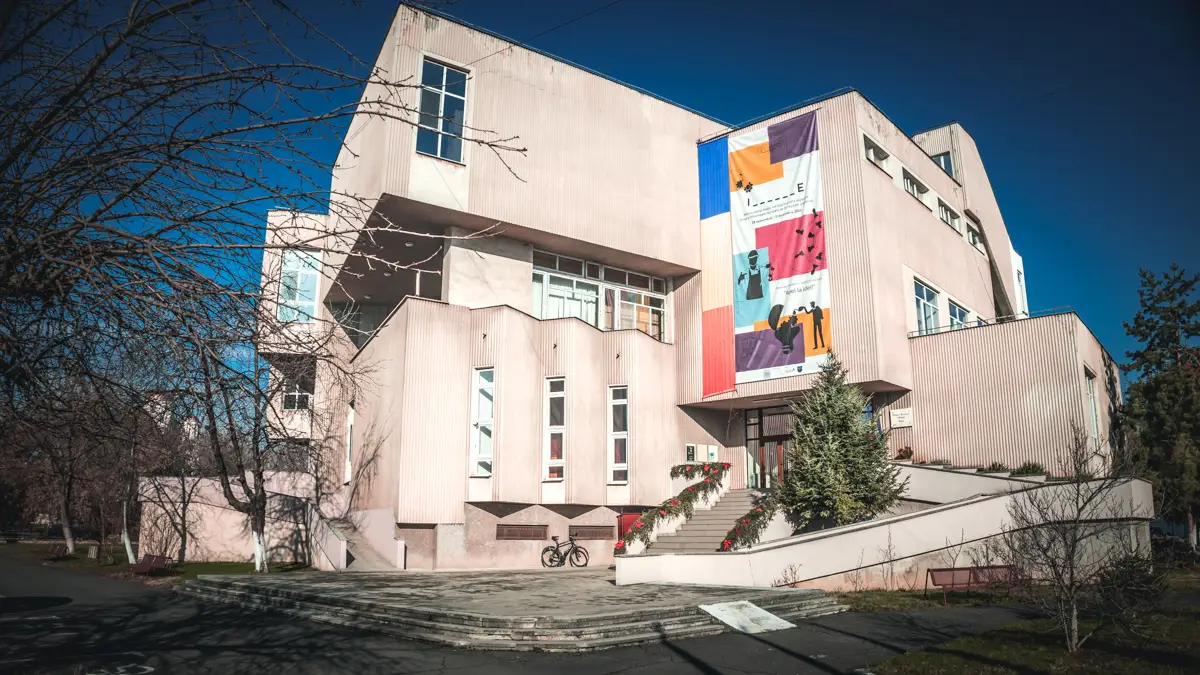
The Steam Locomotive Museum
The Resita locomotive factory played a crucial role in manufacturing steam locomotives for both domestic and international use. The locomotives produced in Resita were known for their robustness and reliability.
The steam locomotive museum is located between the old and the new part of the city, in the district called Triaj, or Railroad yard in English. In this open-air museum, you can find different types of steam locomotives that were built entirely in Resita, you can even find there the first steam locomotive which was built in the Resita locomotive factory. Also, you will find both standard and narrow-gauge steam locomotives. The entry is free and you can admire all the exhibits as much as you want.
Standard gauge steam locomotives
The standard gauge refers to a standardized distance between the two rails of a railway track. The international standard gauge is 1,435 millimeters (4 feet 8.5 inches).
CFU 28
It used to be part of CFR and was numbered 475.028. After being transferred, it worked on the UDR industrial railways in Reista with the name CFU 28 until 1960. This series of locomotives were built between 1896 and 1901 and during this period, a total of 41 pcs were built.
- Top speed: 30 km/h
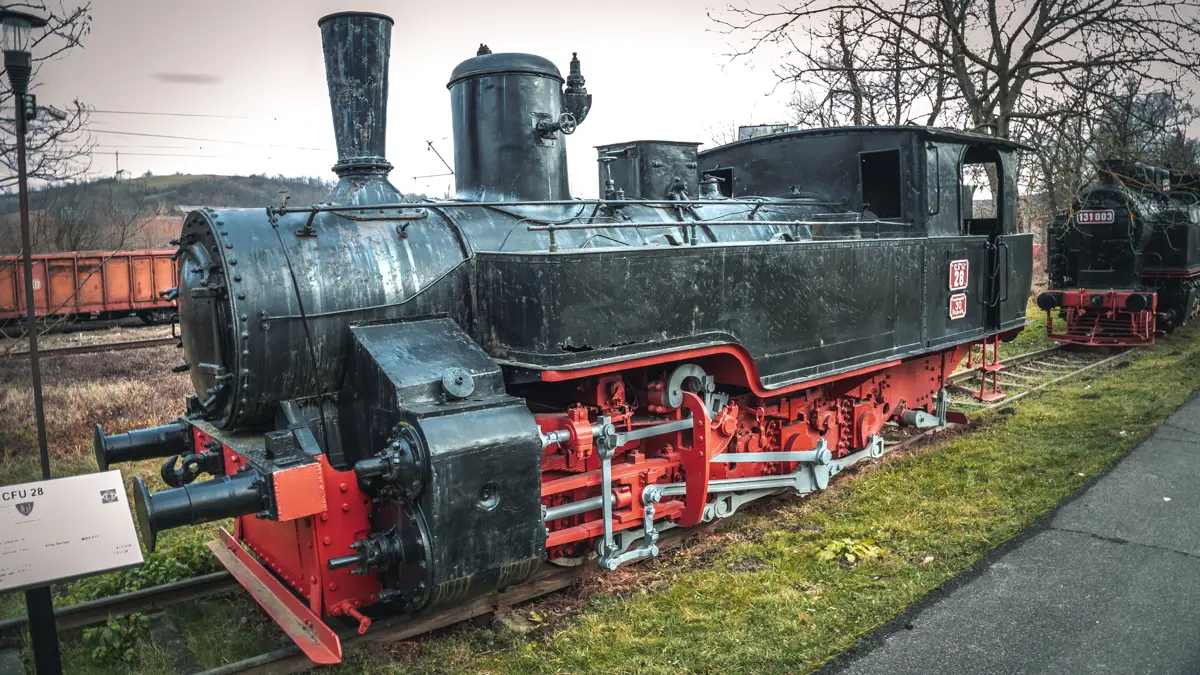
CFR 131.003
The 131.000 series of locomotives, also known as Prairie, was a remarkable achievement. UDR experts, along with people from CFR, designed and built these trains. It was mainly used in the western part of Romania, in the Banat region. It was designed to pull both the freight and passenger trains, on short secondary lines.
- Top speed: 65 km/h
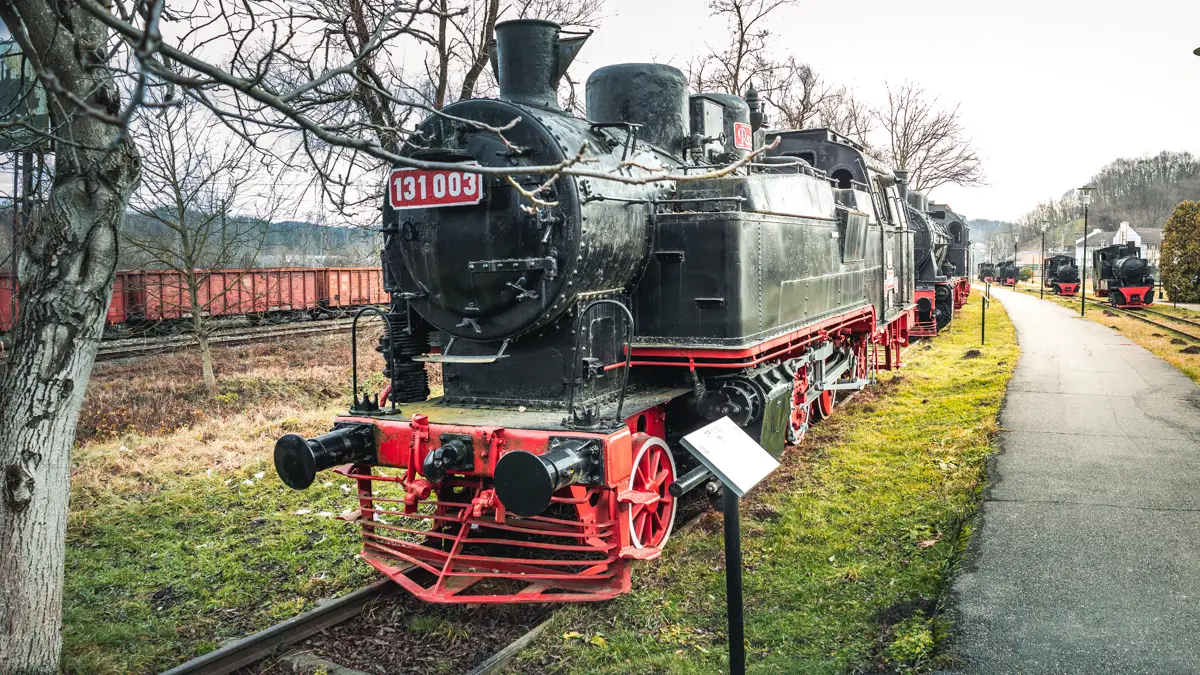
CFR 50.378
Modeled after the German G10 type, these engines were designed for both main and smaller tracks, mainly for hauling freight. Some of them were adapted for passenger transport.
- Top speed: 70 km/h.
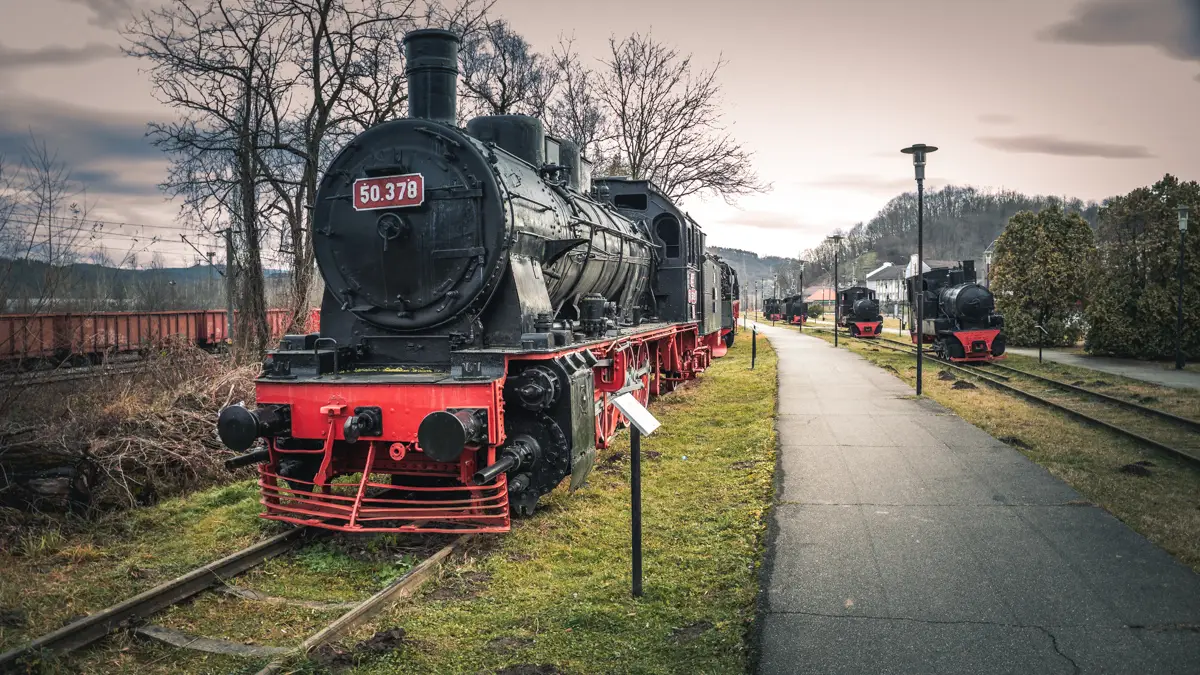
CFR 150.038
The 150.000 series was created by enhancing the German DR 50 model. Various improvements were made, including the Heusinger valve gear, Knorr automatic brake, Friedmann injector, and a mix of fuel oil and coal combustion. After 1959, the locomotives were upgraded with thermosyphon and double Kylchap exhaust. These trains were the most modern type used by CFR. From 1946 to 1961, Resita manufactured 261 locomotives of this kind.
- Top speed: 80 km/h
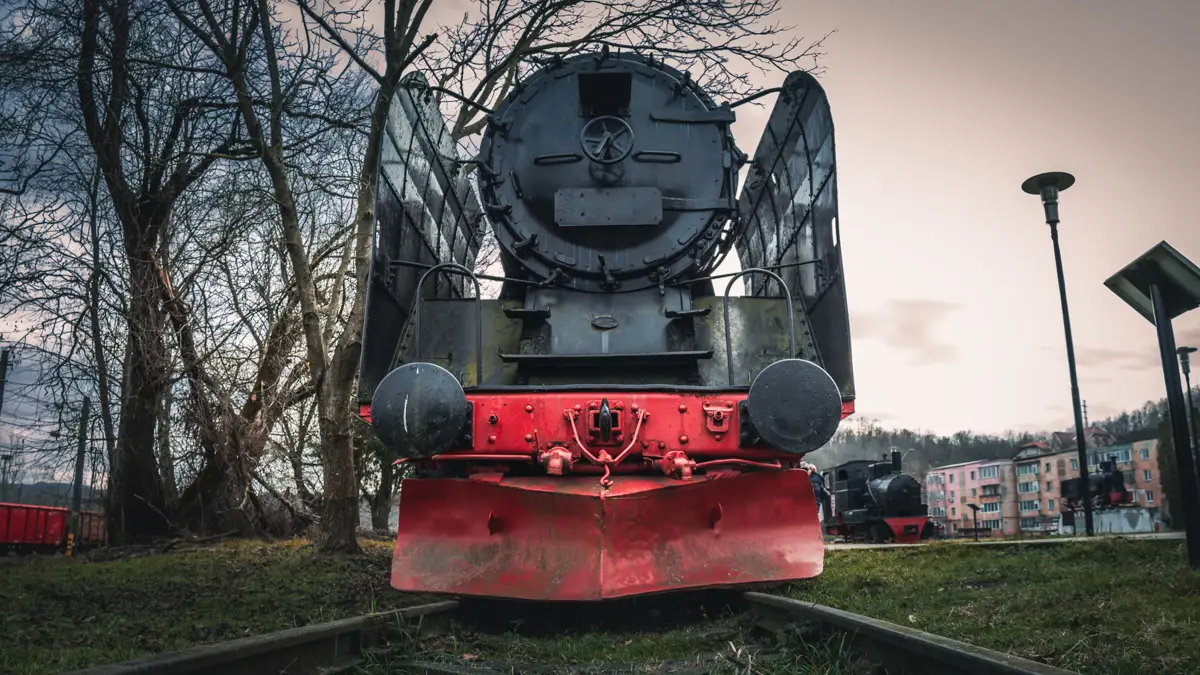
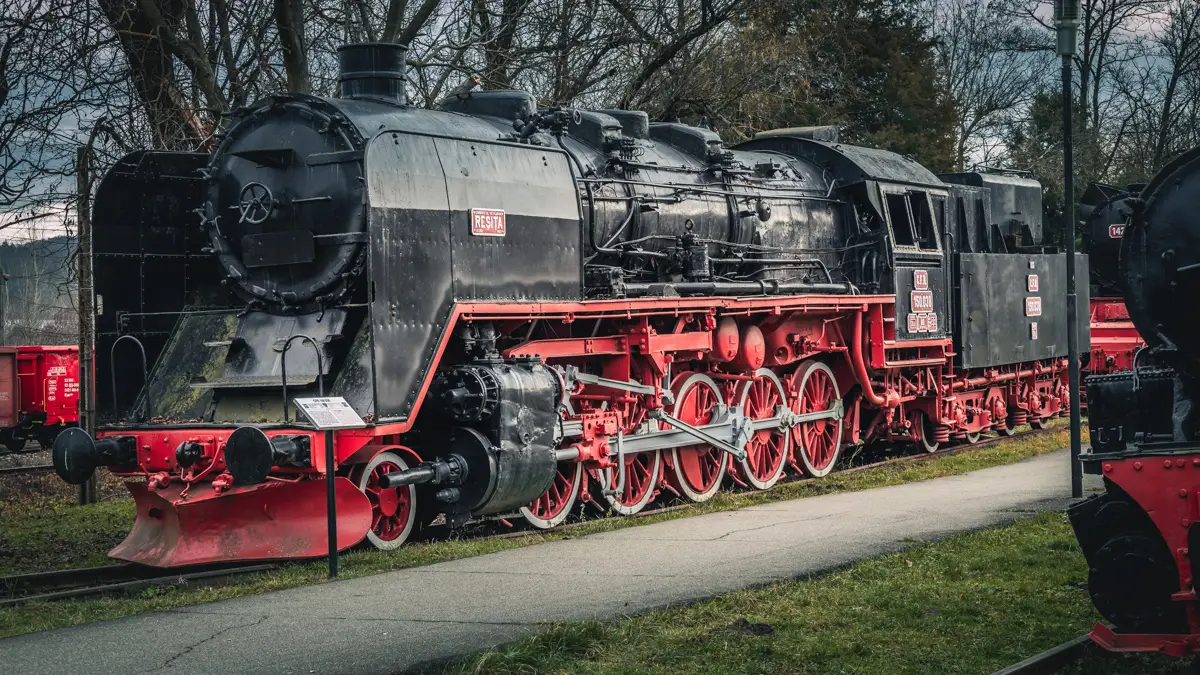
CFR 142.072
The Berkshire type locomotives, designed for hauling large passenger and freight trains, stood out as the largest and most powerful in the Romanian Railways. They were capable of pulling 700 tons at a speed of 110 km/h. Based on the Austrian 214 model, the Romanian version incorporated several technological upgrades. Between 1937 and 1939, Uzinele de Fier si Domeniile Resita produced 37 locomotives of this kind.
Additionally, it’s worth noting that this particular locomotive stands out for having the largest wheels among its counterparts within the museum. The four wheels boast an impressive diameter of 1940 millimeters.
- Top speed: 110 km/h
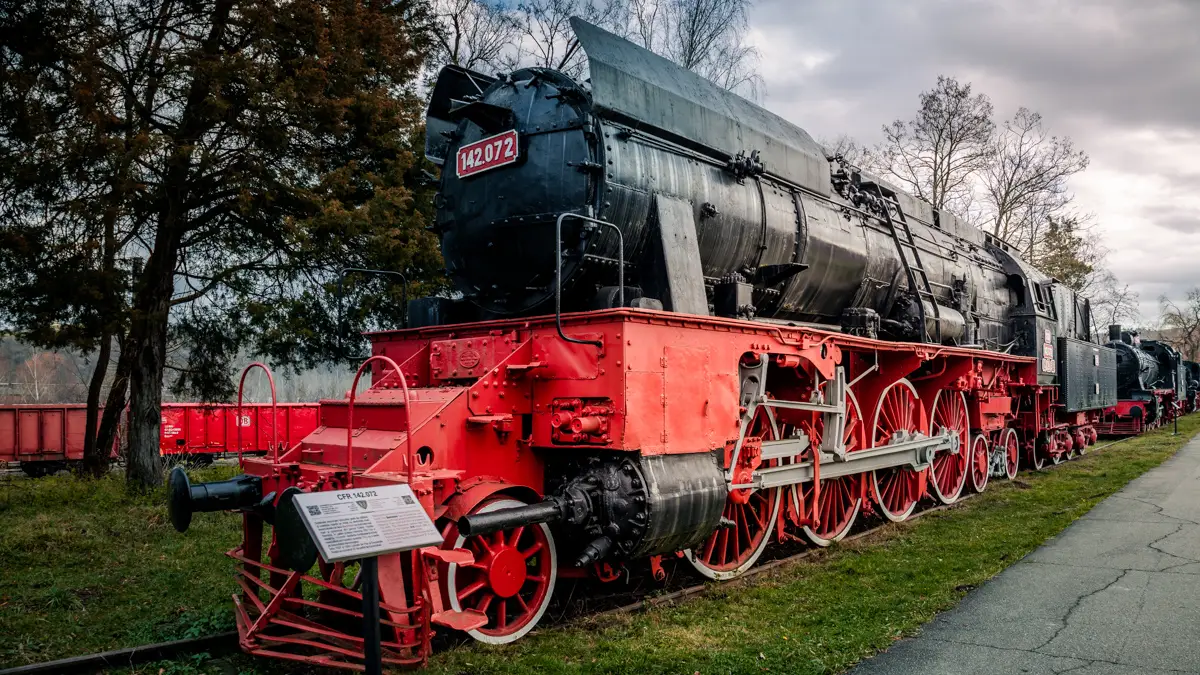
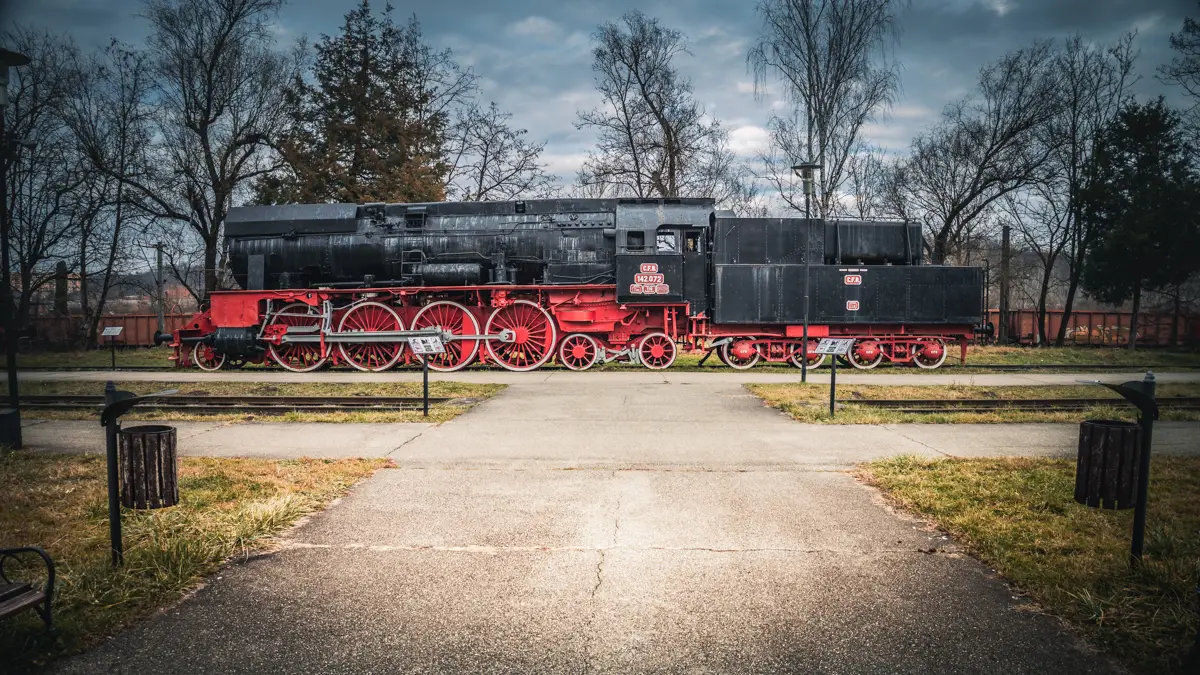
CFR 230.128
In Germany, they designed the P 8 class steam locomotives specifically for hauling big passenger trains. These trains were sturdy, easy to take care of, and had low fuel usage compared to the pulling power, with a top speed of 100 km/h. Due to their great fit with the Romanian railway system, Resita started making them in 1932. By 1937, UDR had built a total of 139 locomotives of this type.
- Top speed: 100 km/h
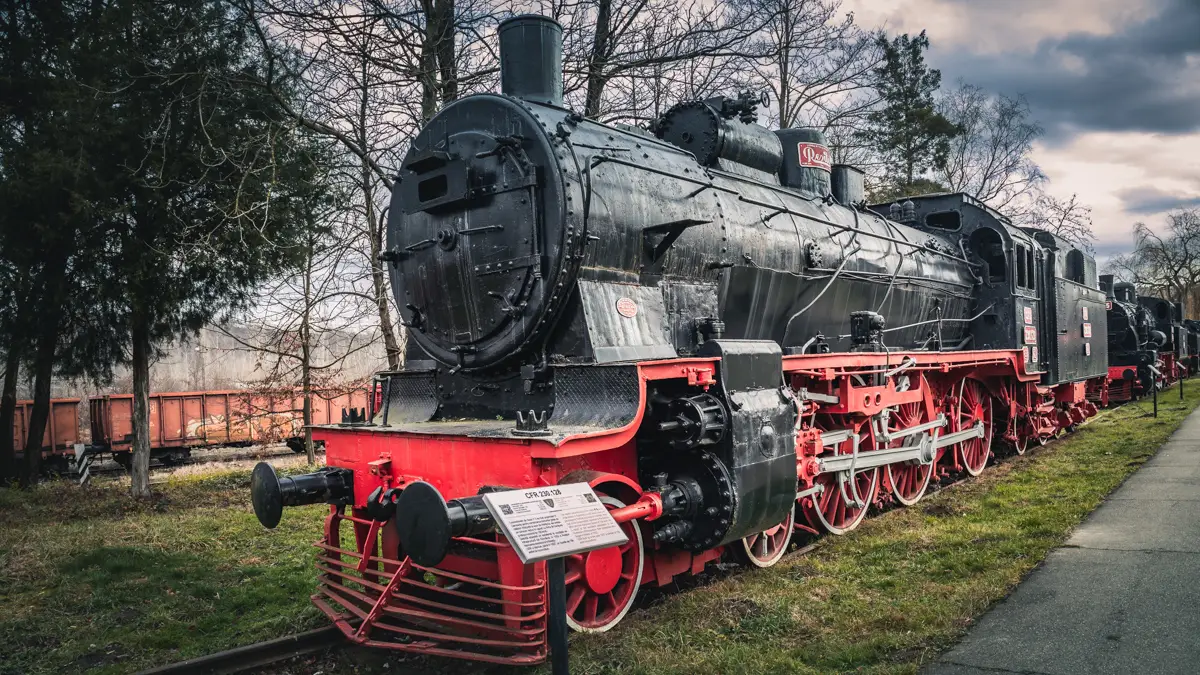
CFR 50.025
The CFR fleet’s most widespread steam locomotive was made to pull trains on both main and smaller railway lines. The Series 50.000 locomotives came with features like the Heusinger valve gear, Westinghouse brake, Schmidt high-pressure system, and a mix of fuel oil and coal for burning. From 1919 to 1980, they operated on nearly all of Romania’s railway lines.
- Top speed: 50 km/h
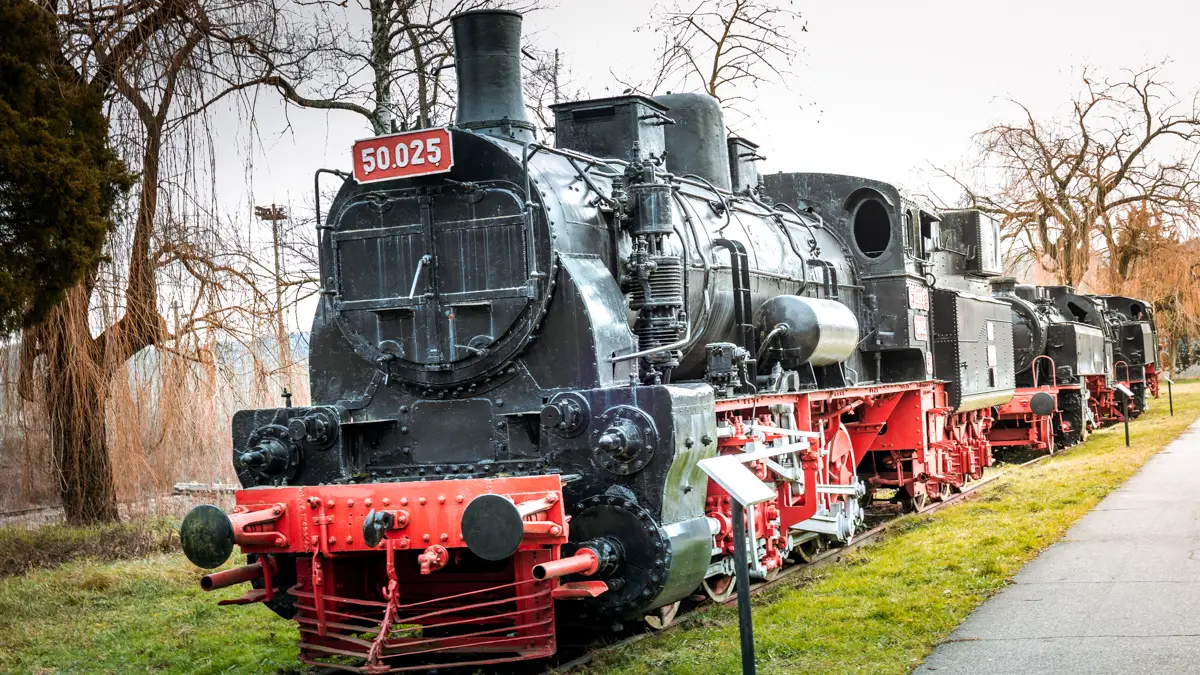
CFU 29
This type of steam locomotive was designed for steelworks and other factory railway networks.
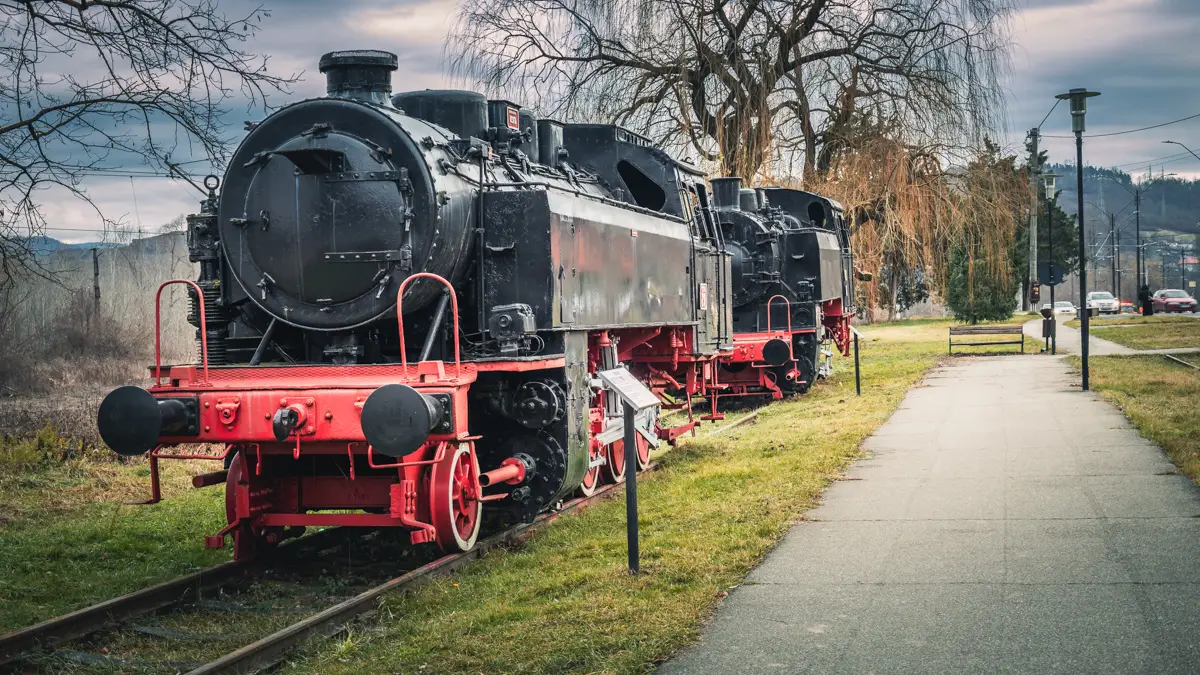
CFU 14
Similar to CFU 29, the CFU 14 as well was designed to pull heavy trains in steelworks and other industrial complexes.
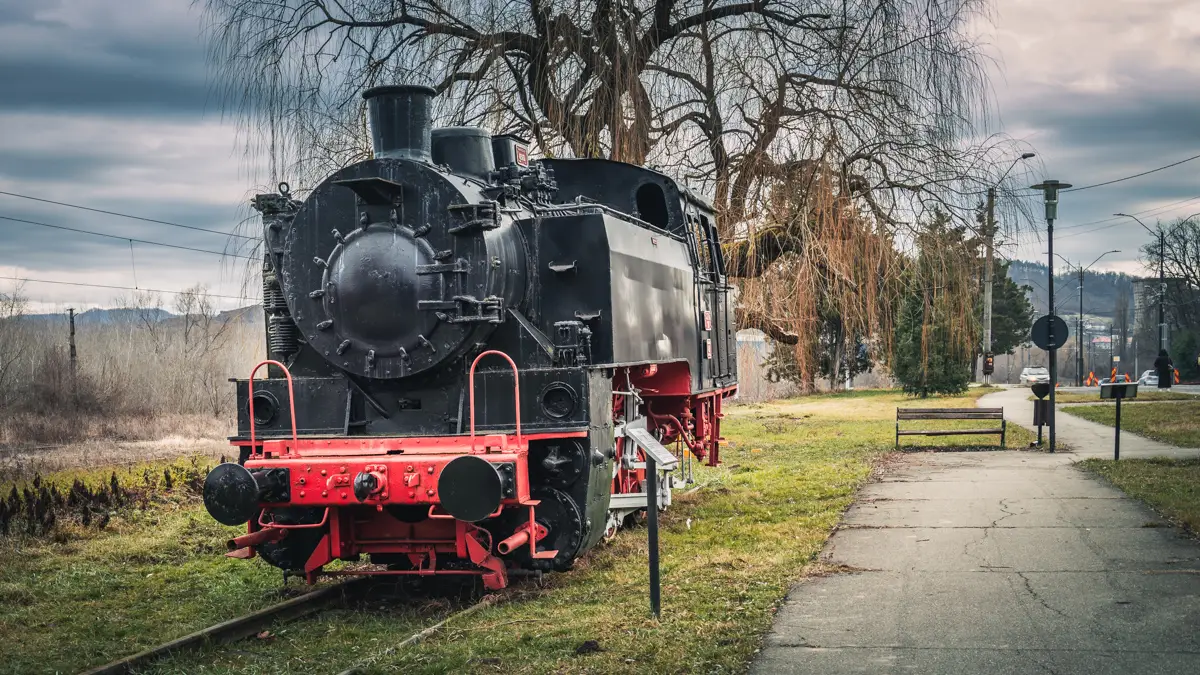
Narrow gauge steam locomotives
Some of the narrow gauge steam locomotives from this museum needed a track with a distance between the two rails of 760 millimeters (2 feet and 5.92 inches). Some of the small steam locomotives were used in narrow forestry railways, industrial complexes and some of them were used on the CFR rail network to pull both passenger and freight trains.
Resicza
This small steam locomotive was the first one built in Resita in 1872. You will find it on a pedestal right at the entrance to the museum.
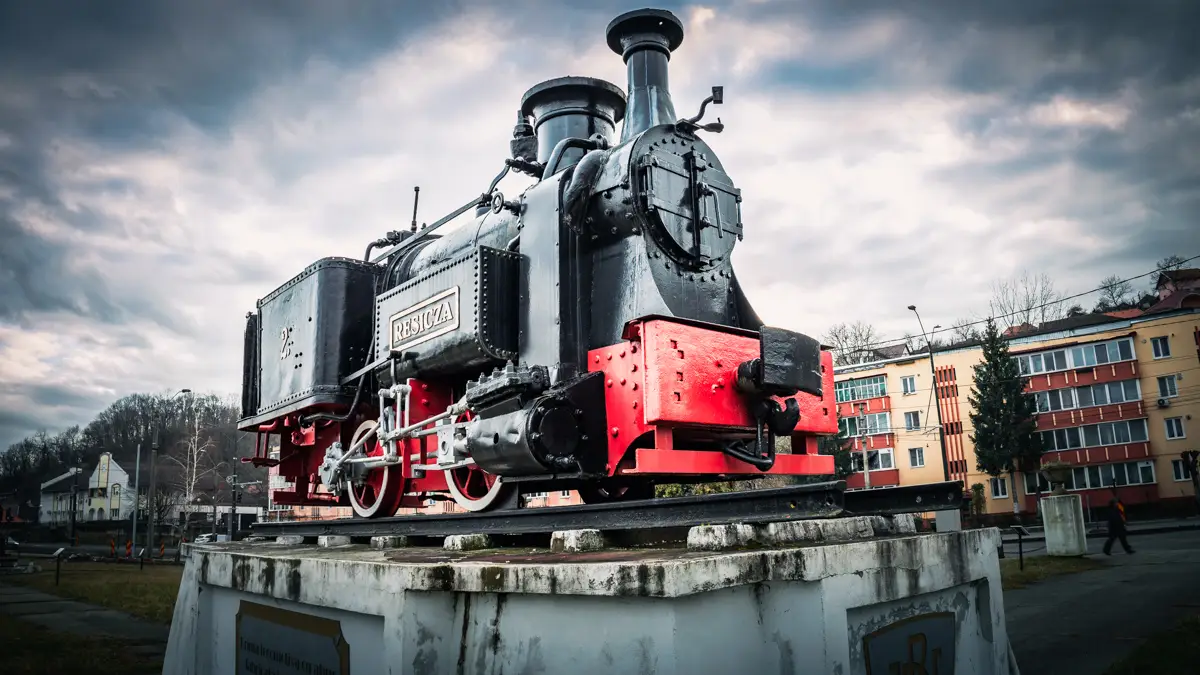
Principesa Elena
The 704.402 or Principesa Elena was the second superheated steam locomotive. It was used until 1970 in the Uzinele de Fier si Domeniile Reista (UDR).
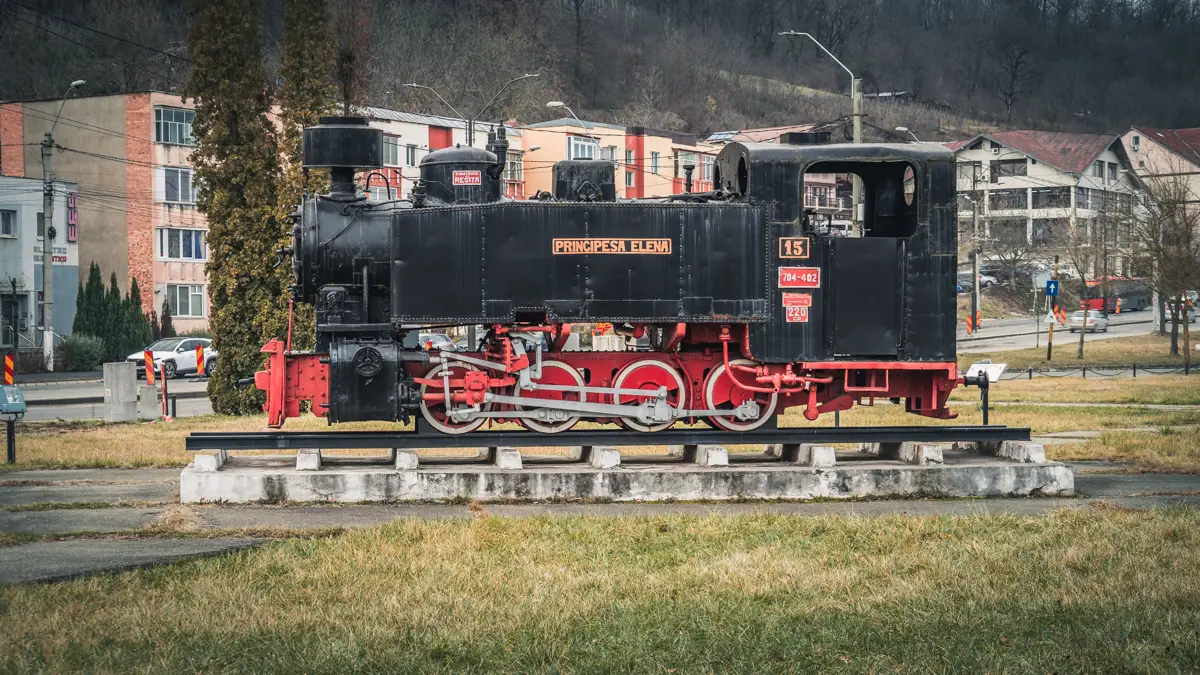
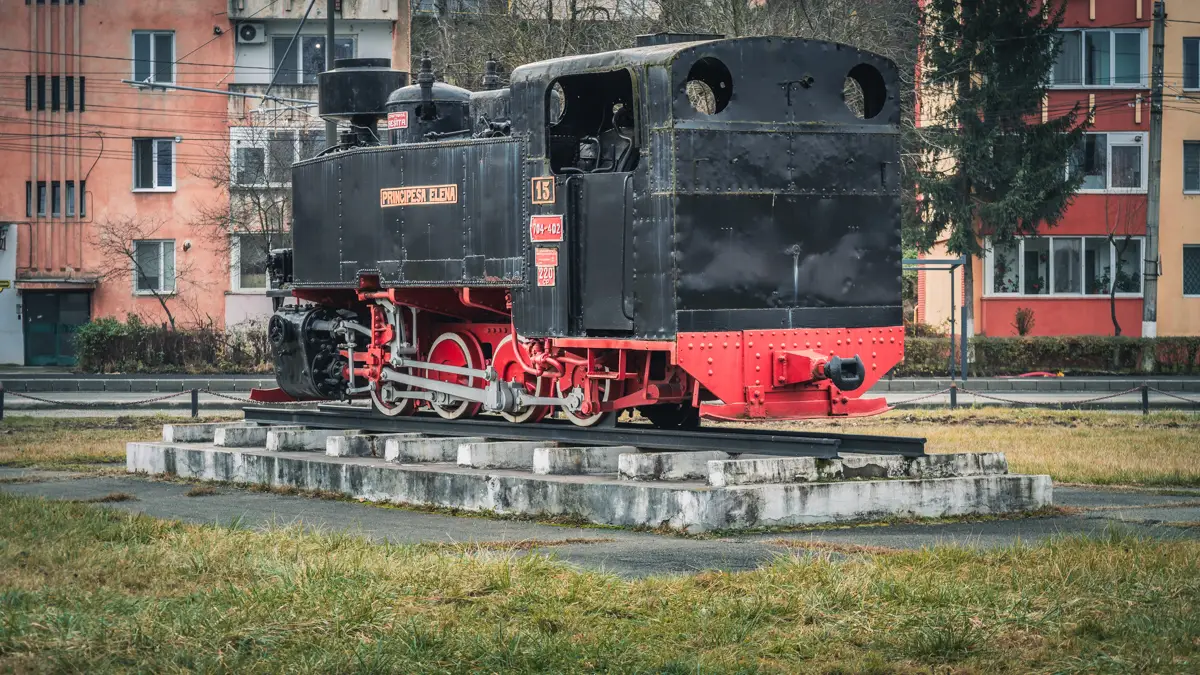
CFF 704.209
This steam locomotive was built in 1917 by St.E.G Locomotive Factory in Wien, Austria.
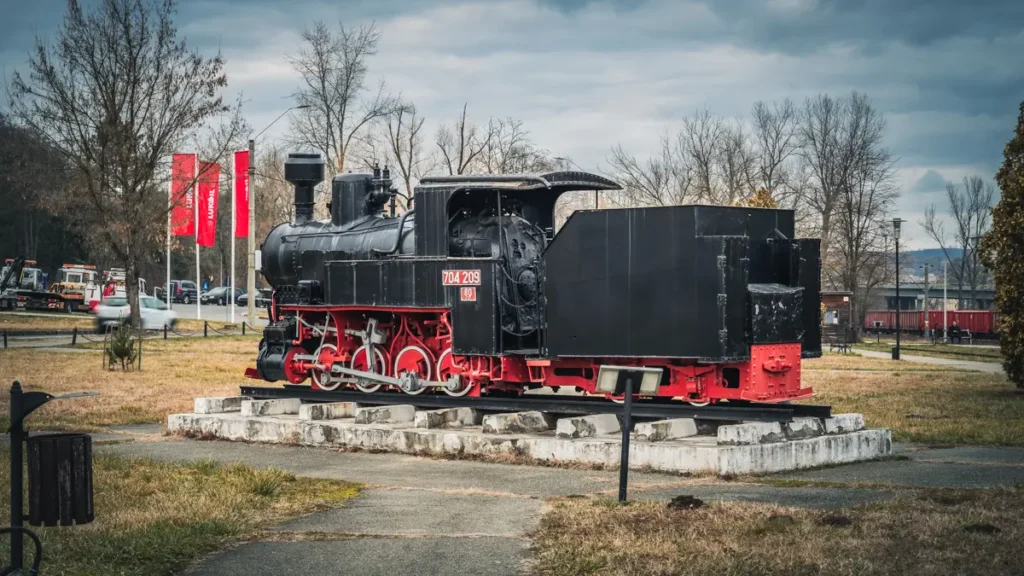
CFF 764.103
This narrow gauge steam locomotive was a common type used on narrow forestry railways and it was used by CFR on its narrow gauge railway lines to pull both freight and passenger trains. These locomotives once were used in Targu Mures, Satu Mare, Alba Iulia, Turda and Sibiu. This steam engine had a top speed of 30 km/h.
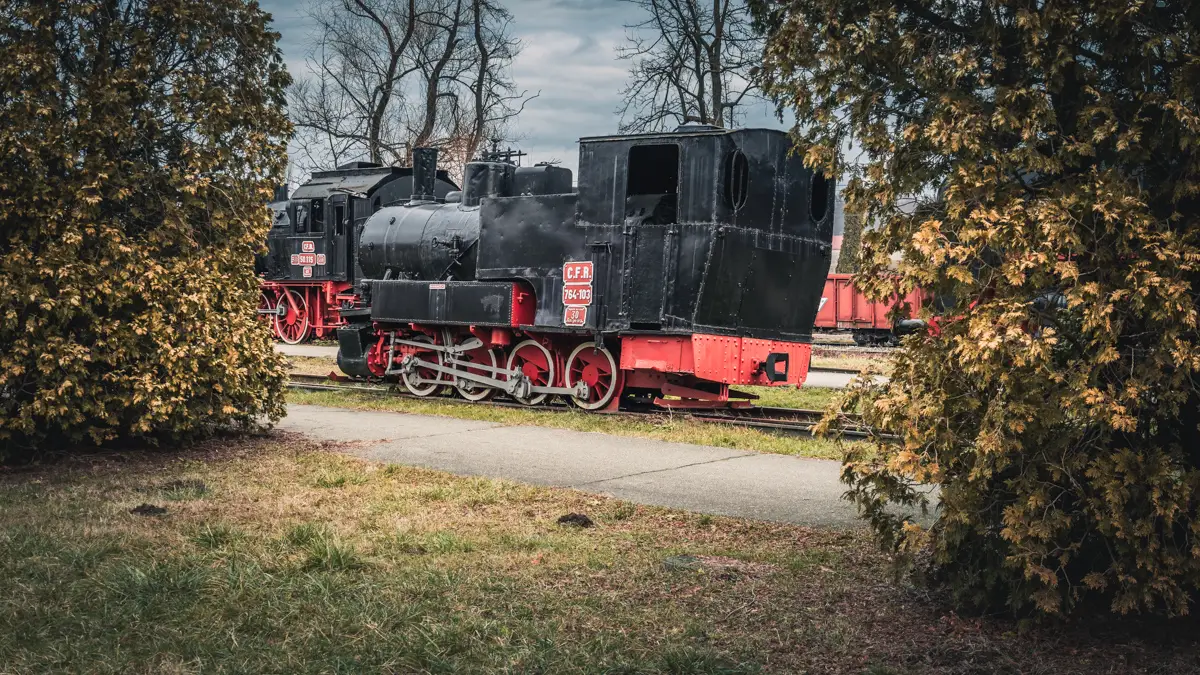
CFF 704.404 and CFF 764.493
The 704.404 was used in the forestry railway (CFF stands for Calea Ferata Forestiera or Forestry Railways).
The CFF 764.493 it was used both by CFR on its narrow gauge lines and it was also used on the forestry railways
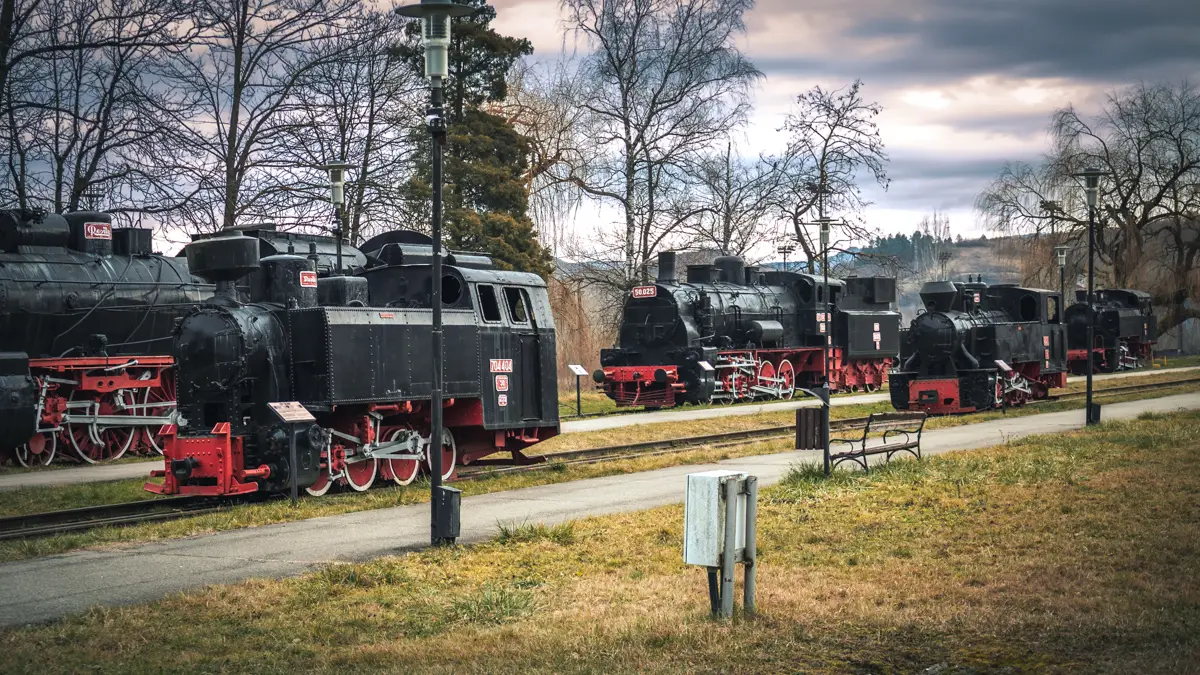
This museum must be visited because it’s located right next to the main road which connects the older part of Resita with the new part of the city.
Important tip: Right next to the museum, you will find a smaller paid parking lot if you arrive there by car.
The Civic Center
After visiting the steam locomotive museum, I decided to make a short stop in the city center of Resita before heading to my final objective in the city. Since this is a small city, after a couple of minutes of driving from the museum I found a free parking lot very close the Civic Center.
Let’s explore this place
It’s hard to miss with those big communist-style apartment buildings towering around it. But that’s not all! This square is also bustling with shops and restaurants.
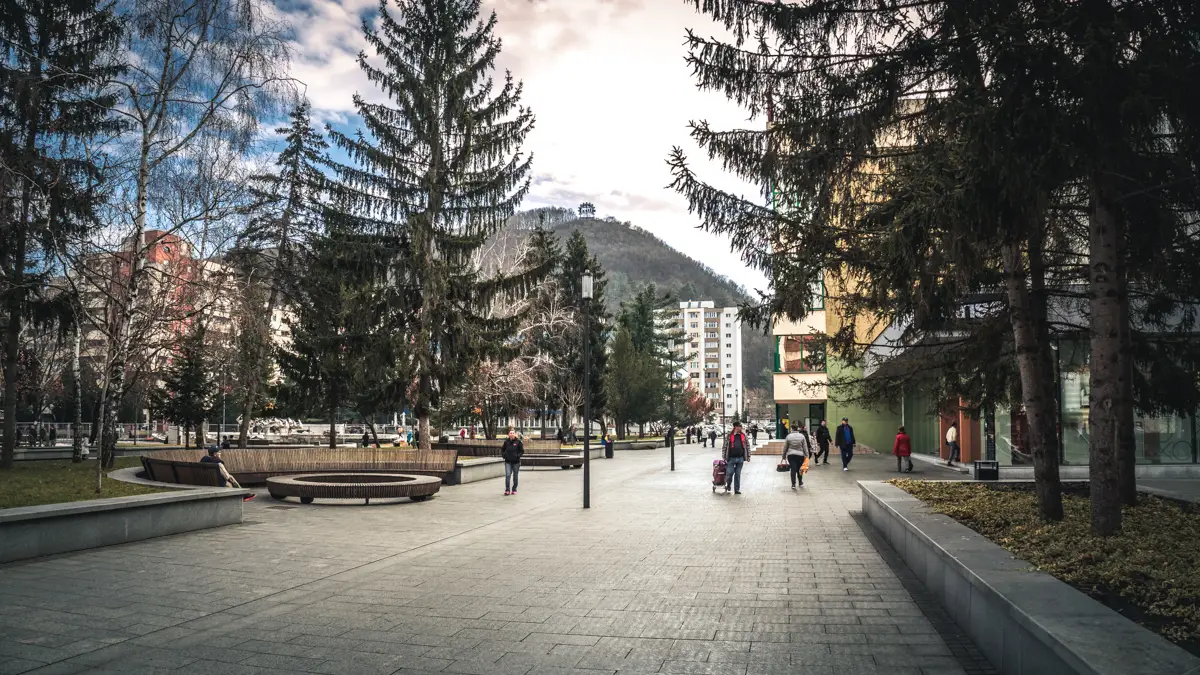
Multipurpose Hall (Sala Polivalenta)
The first interesting building that popped up was the large Multipurpose Hall located next to the Kinetic Fountain which at the time when I was visiting this place was surrounded by fences. Probably it was under renovation.
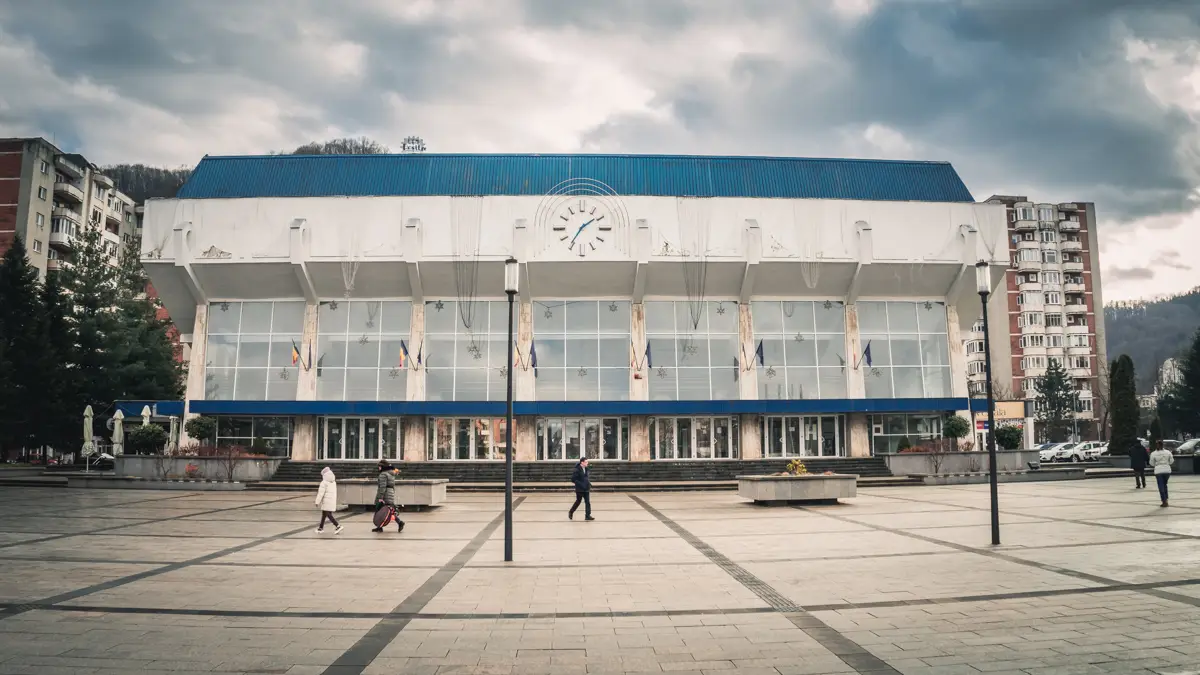
Between the tall apartment buildings you will have the chance to spot the funicular. This street will take you next to the funicular and the Vama bridge.
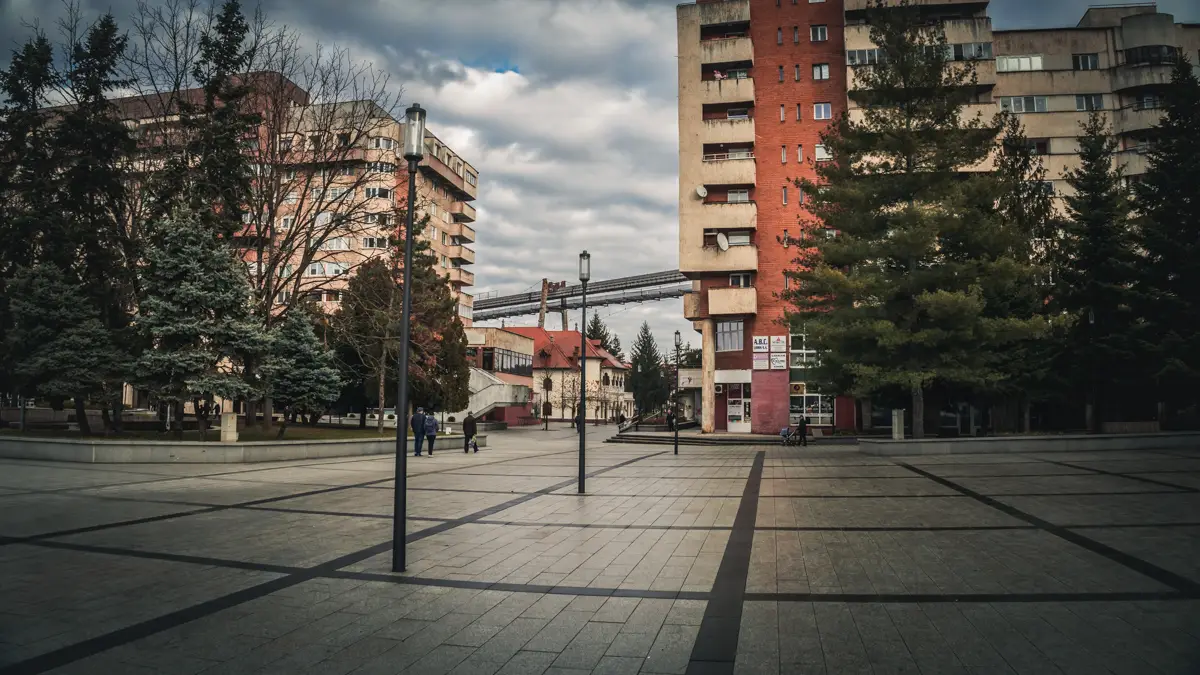
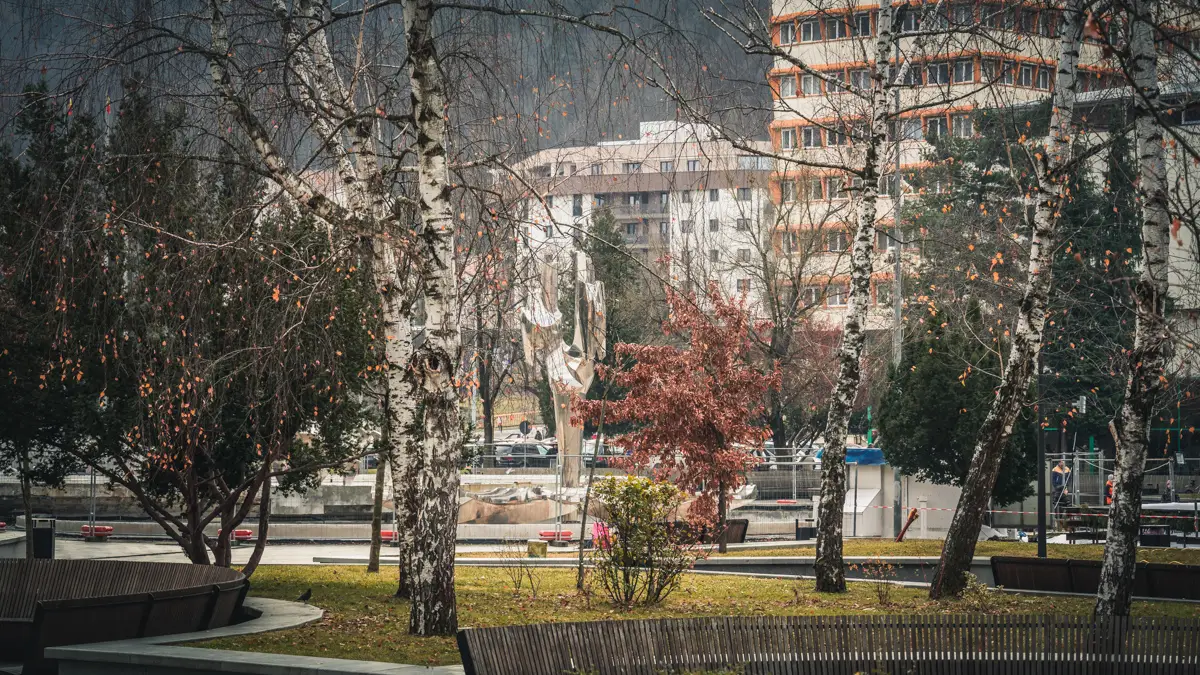
The UCM Resita Emblem (Stema UCM Resita)
From the city center, you will also spot on the top of a larger hill overlooking Resita the UCM Emblem. If you plan to see a large part of the city from above, that would be the perfect place to do that.
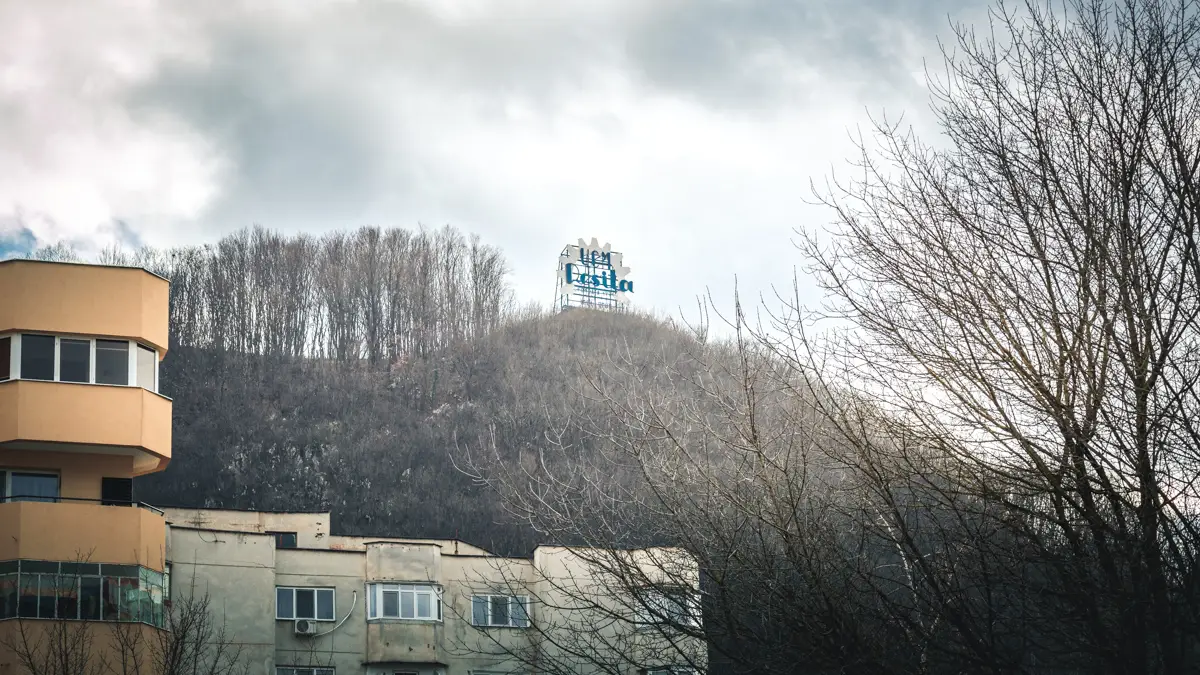
Other objectives to check out
Very close to the city center you will find other objectives to visit. Below I’ve shared a couple of them.
The Funicular (Funicularul)
This unique construction was once busy transporting limestone from a nearby quarry. It was constructed back in 1964 and stands tall at a towering height of 30 meters. It has almost the same height as some of the apartment blocks in the area. So, if you’re up for a little adventure and want to delve into Resita’s past, this funicular is definitely worth checking out. You will find it just a stone’s throw away from the city center.
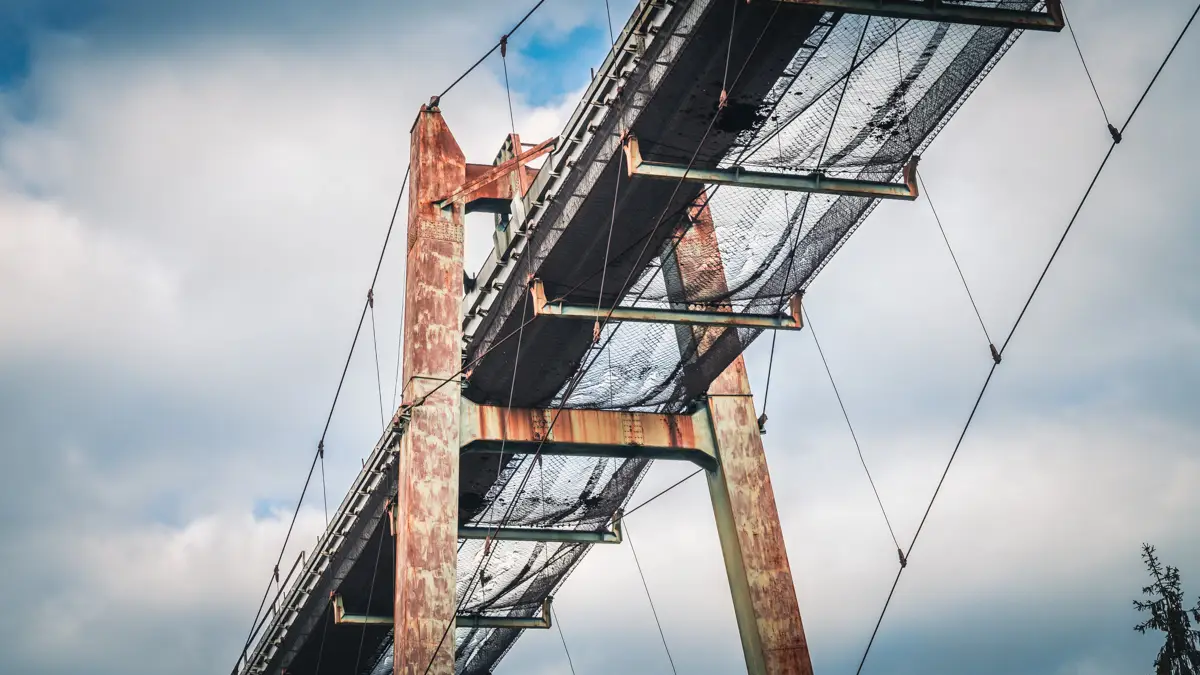
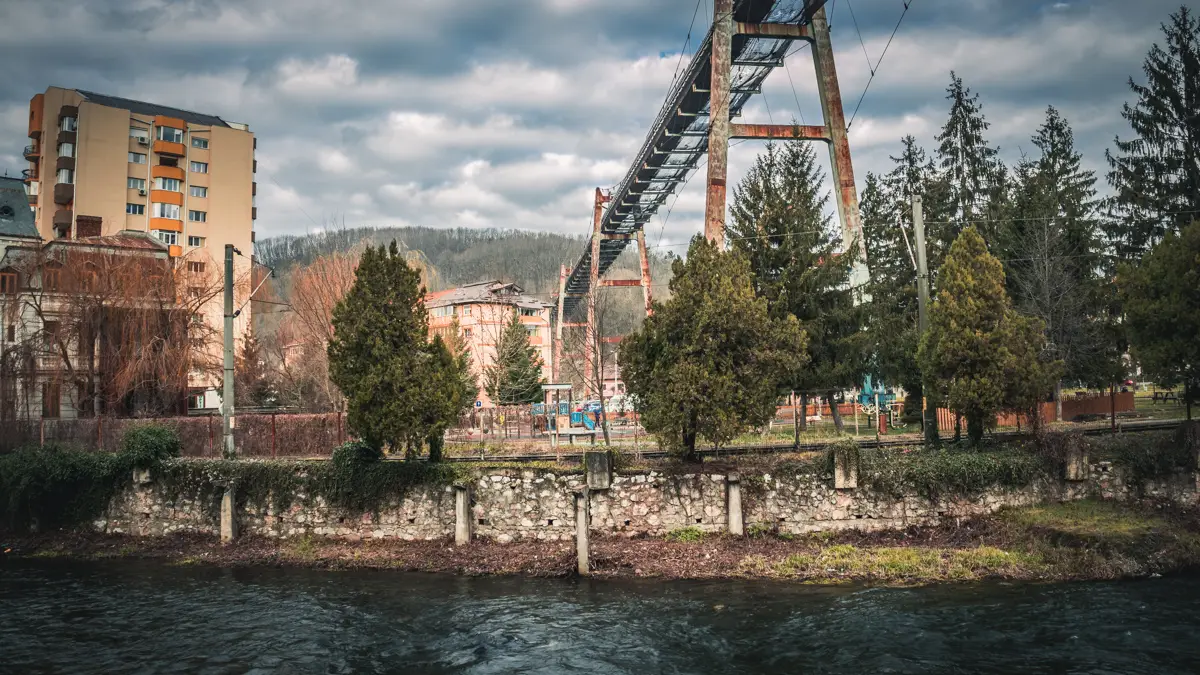
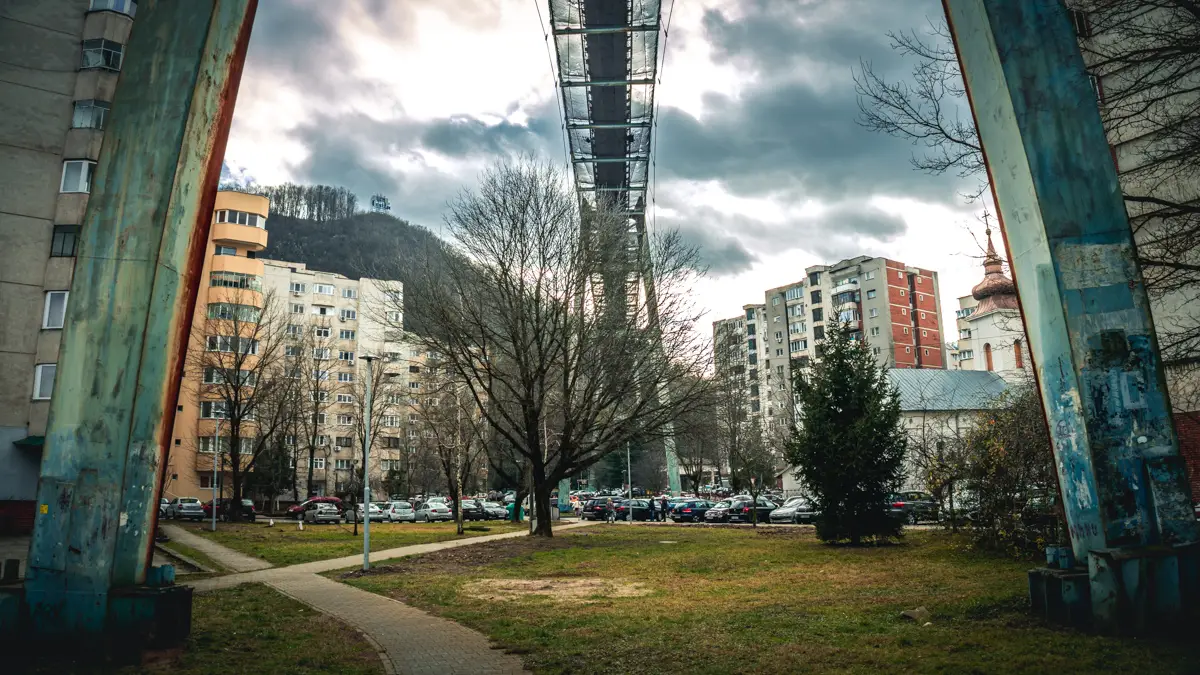
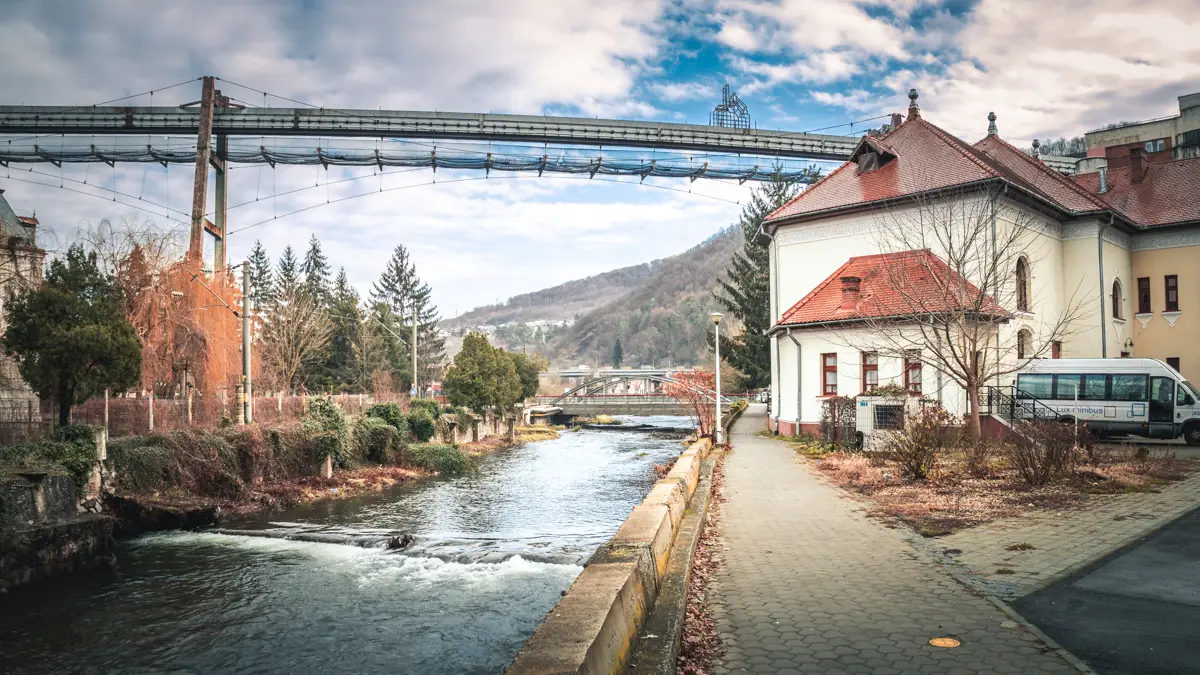
Vama bridge (Podul de la Vama)
Under the Funicular you will find Romania’s first welded and riveted bridge built entirely in Reista. This bridge was super important because it connected two important parts of the city: Resita Montana and Resita Romana. They turned it into a pedestrian bridge, which means it’s perfect for strolling and enjoying the view over the Barzava River.
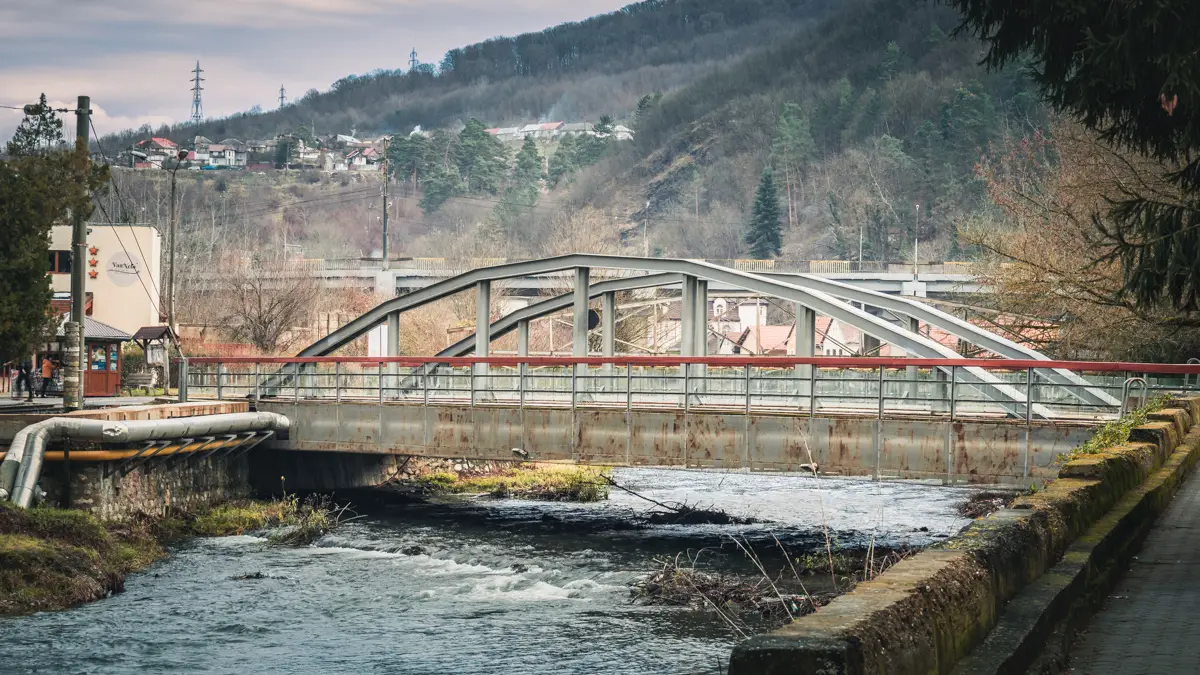
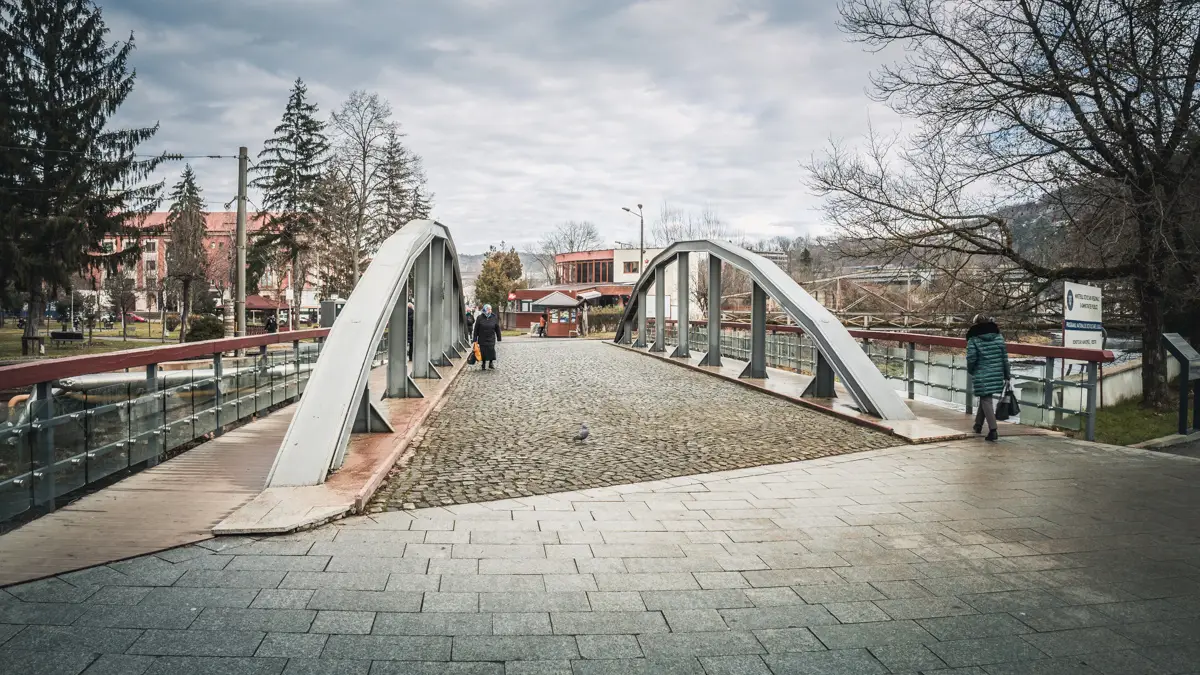
At The UCM Emblem
Located on the top of a hill adjacent to Resita’s Centrul Civic lies a marvelous vantage point known as Stema UCM Resita, which translates to “UCM Emblem” in English. From this elevated spot, one can behold a vast panorama encompassing a significant portion of Resita’s charming city including the Centrul Civic, Lunca Pomostului, Dealul Crucii, and in the distance you can even spot the Lunca Barzavei district of Resita.
The hill mentioned above is called Gol Hill, and the emblem is located at an altitude of approximately 330 meters. If you plan to visit this place, you will find the stairs at the base of the Gol Hill, right behind the Centrul Civic, which leads up to the prominent UCM Emblem.
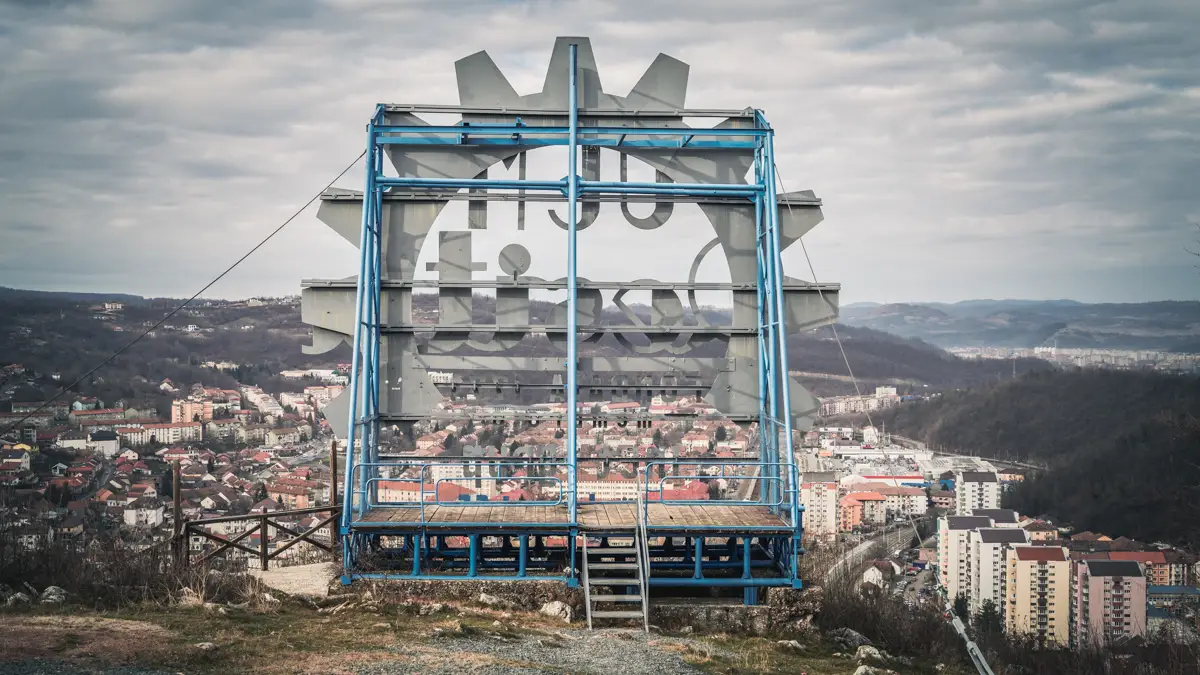
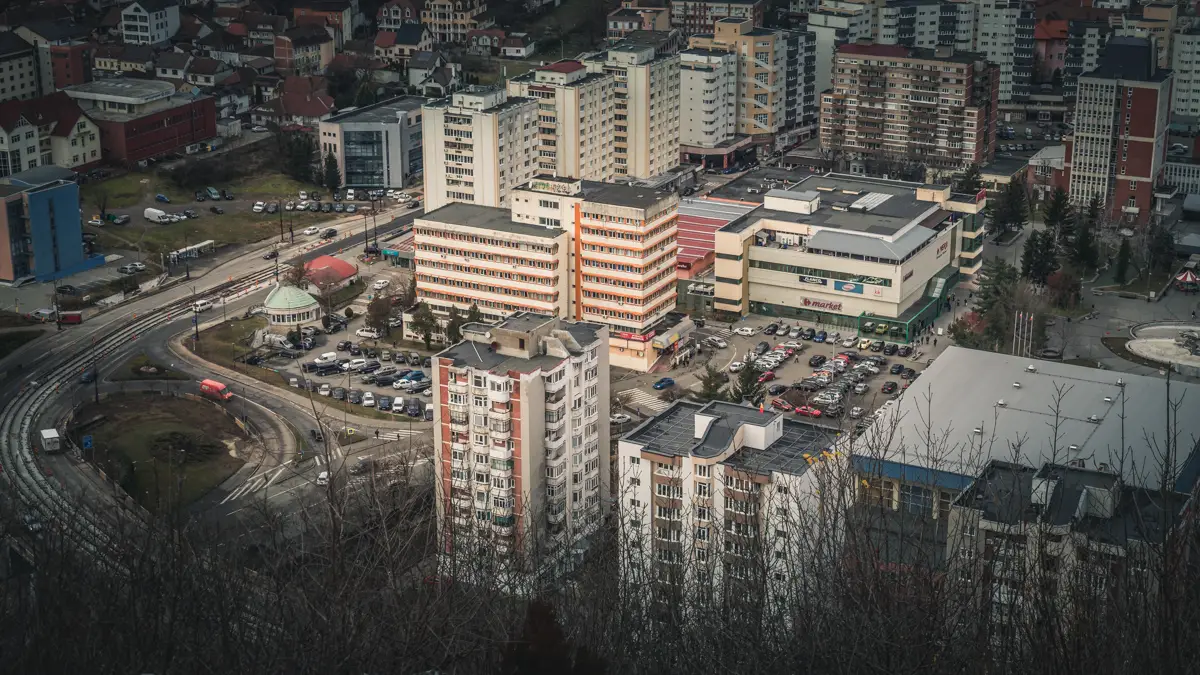
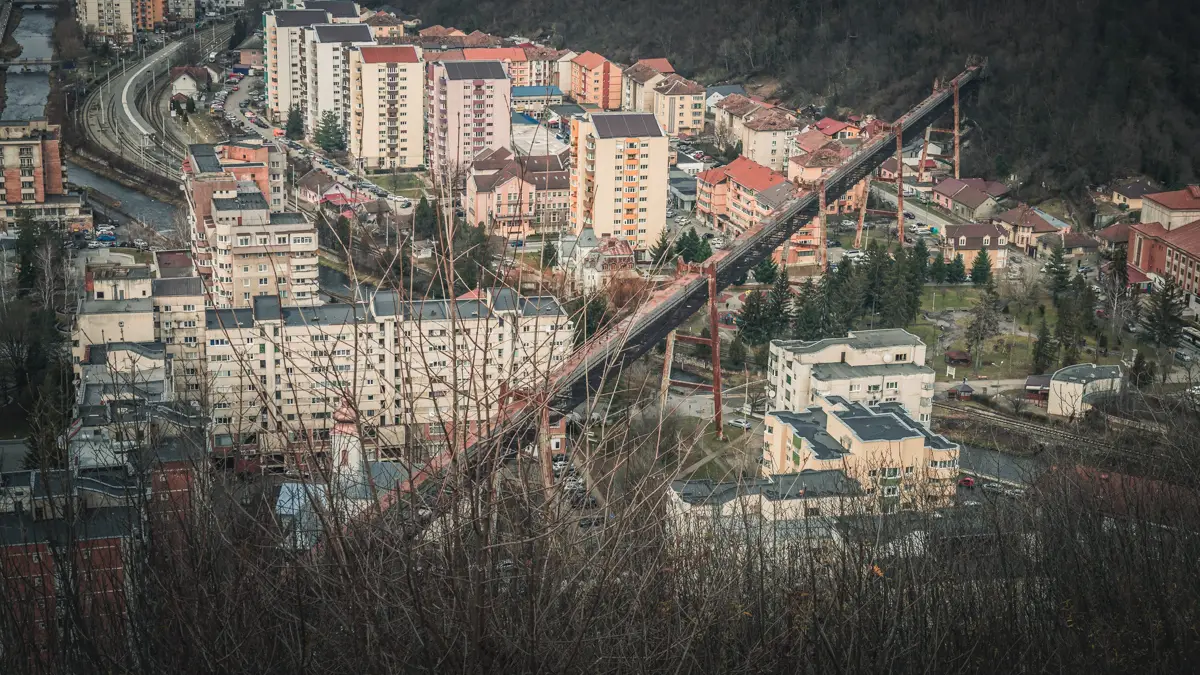
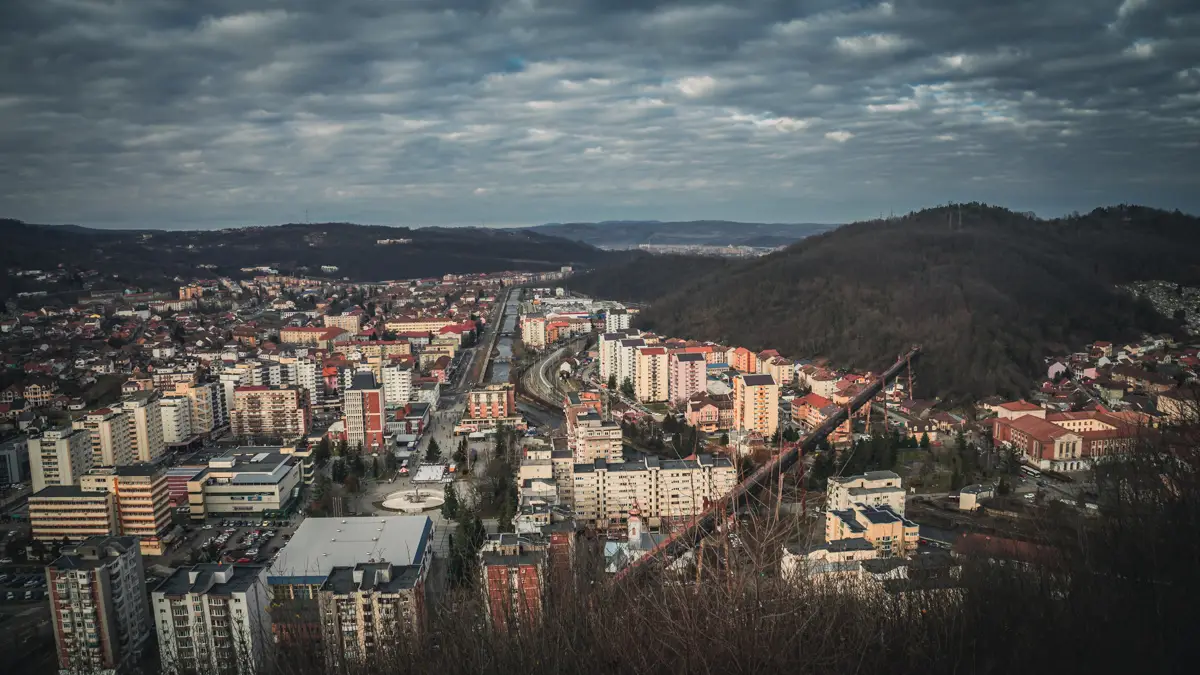
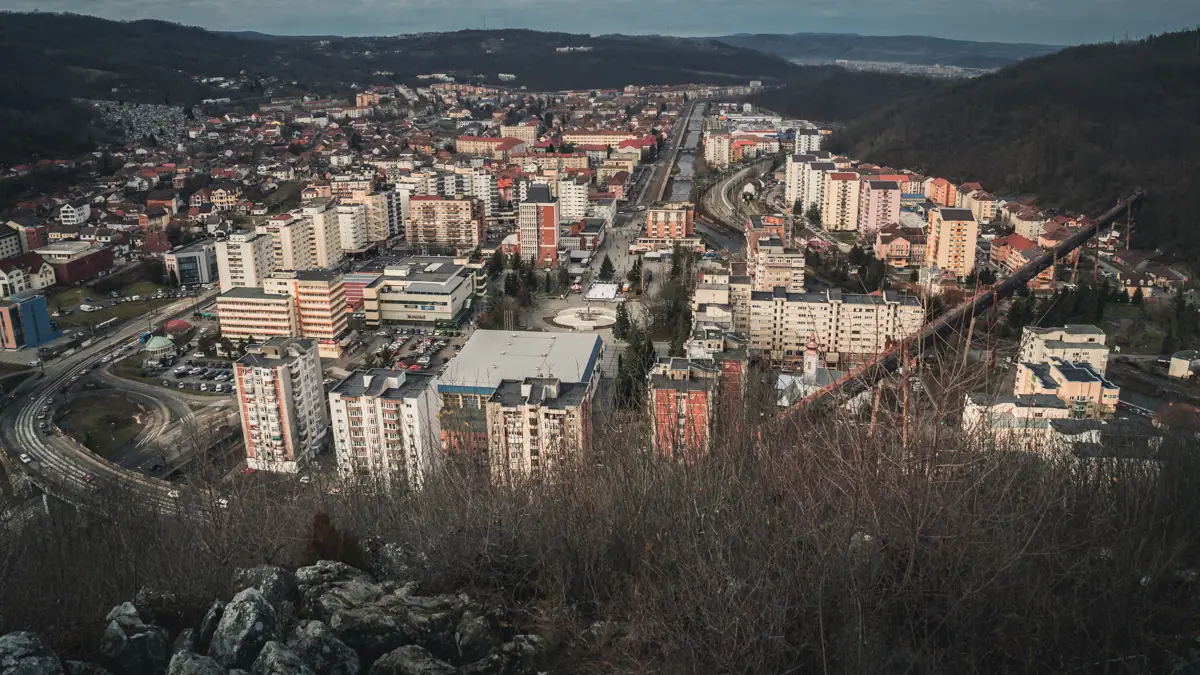
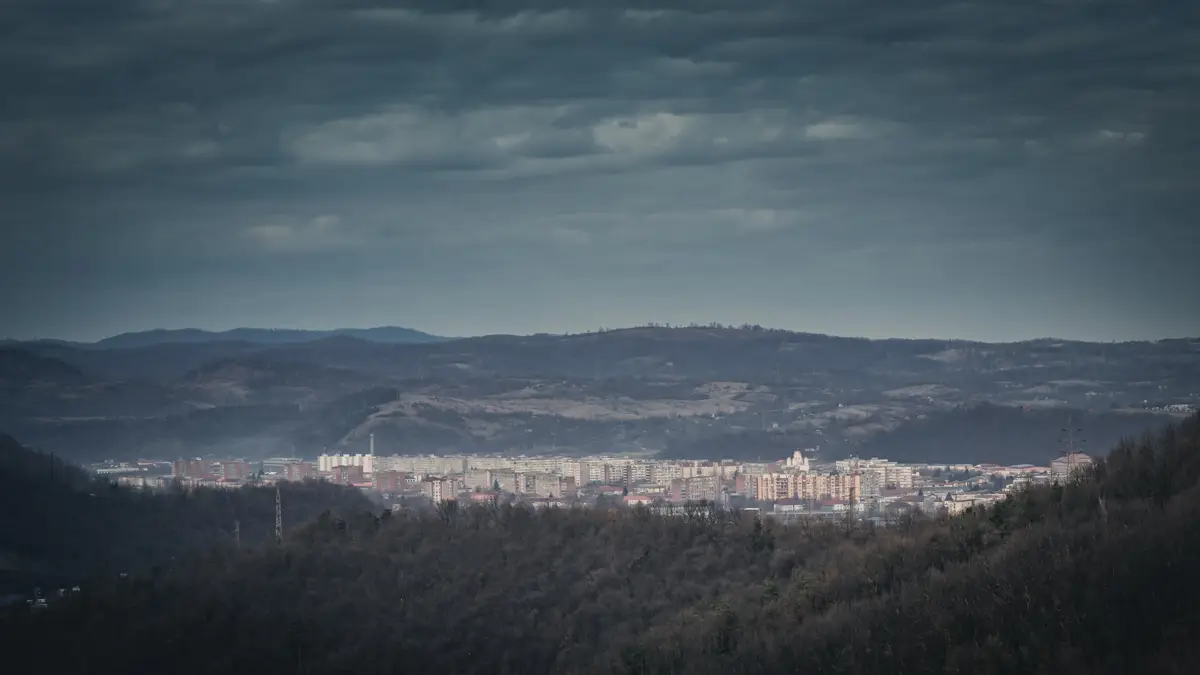
In my opinion, this is a very beautiful place to visit especially if you plan to admire the city of Resita. Below I’ve shared a short video of the city as seen from the UCM Emblem.
What can you visit near Resita?
Since the Semenic Mountains are very close to Resita, here are a few places I’ve visited and recommend:
- Valiug – A popular spot, especially during winter.
- Semenic Ski Resort – A ski resort located on the highest peak of the Semenic Mountains.
- Lake Trei Ape – A scenic lake right next to the main road between Resita and Slatina-Timiș.
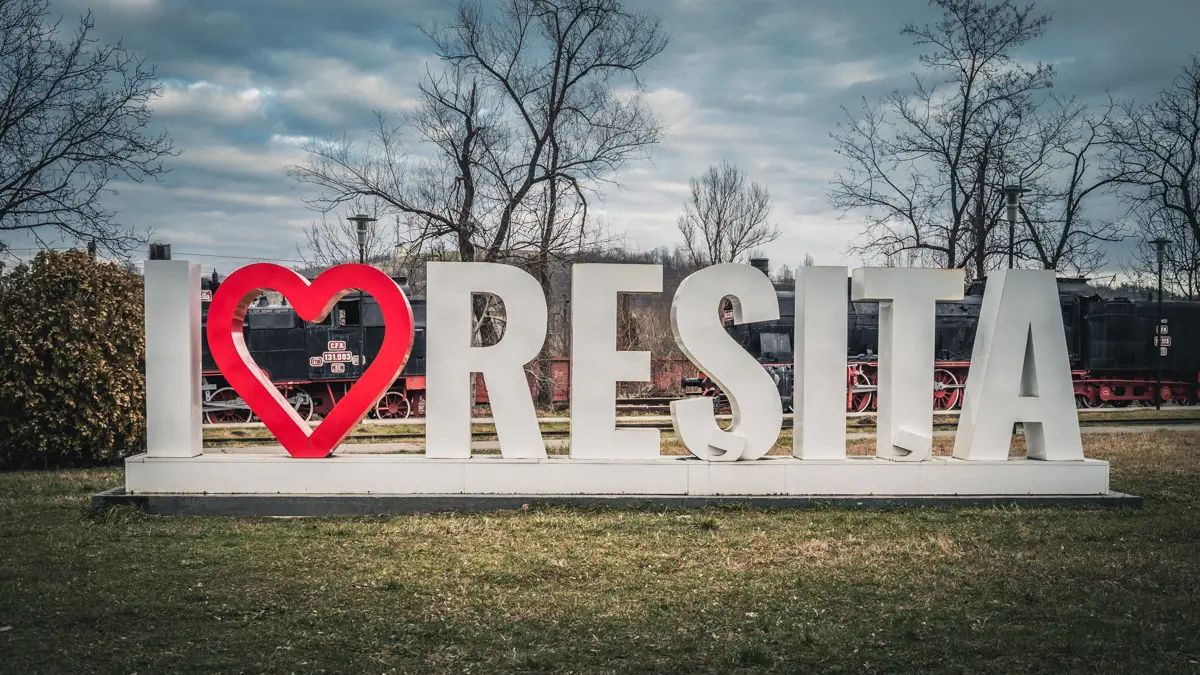
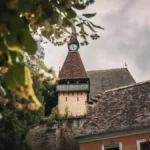

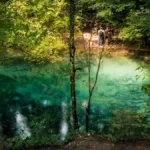
Leave a Reply